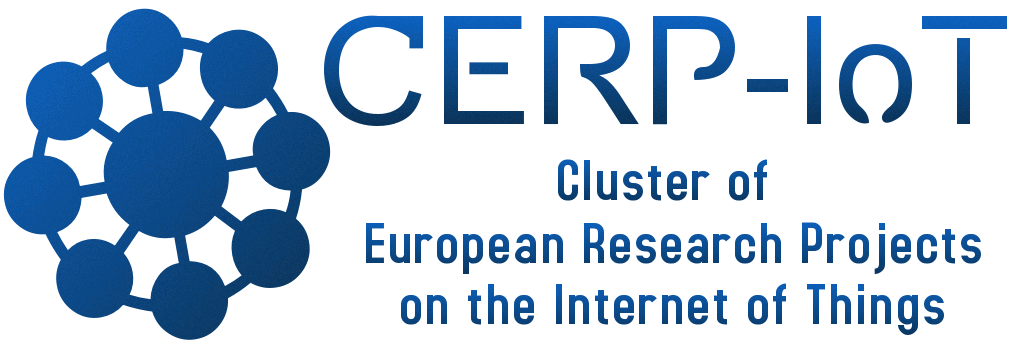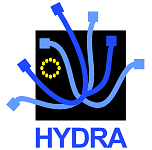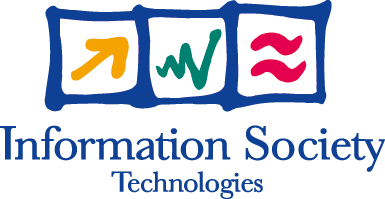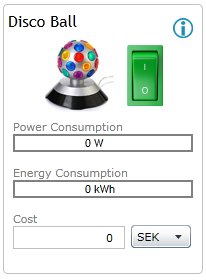- 09 Jun 2007
- Related projects
- 4926 Reads
Full Name: | Wireless sensor Networks with Self-Organization capabilities for Critical and emergency applications | |
Basic data: | Type of the project: | EU IST FP6 project, STREP |
| IST SO: | ICT for Environmental Risk Management | |
| Project Reference: | 033914 | |
| Launch: | September 2006 | |
| Duration: | 30 months | |
| Consortium: | 11 partners from 7 countries | |
| Coordinator: | Selex Communications, Spain | |
Website | http://www.winsoc.org/ | |
Description: |
WINSOC
is a STREP project co-funded by the European Commission within the RTD
activities of the Thematic Priority Information Society Technologies.
The project explores the possibility to develop a novel technology for
Wireless Sensor Networks, which has significant potentials for
overcoming conventional technologies in terms of cost, size and power
consumption. The
key idea of WINSOC is the development of a totally innovative design
methodology, imitating biologically systems, where the high accuracy and
reliability of the whole sensor network is achieved through a proper
interaction among nearby, low cost, sensors. This local interaction
gives rise to distributed detection or estimation schemes, more accurate
than that of each single sensor and capable to achieve globally optimal
decisions, without the need to send all the collected data to a fusion
centre. The
whole network is hierarchical and composed of two layers:
The key point is the interaction among the low cost sensors that increases the overall network reliability, it decreases the probability of congestion around the sink nodes, it provides scalability and tolerance against breakdown or stand-by of some sensors, necessary for battery recharge. | |
| Relevance to HYDRA: | In WINSOC, it's envisaged the development of a very innovative concept of sensor network that represents a significant departure from current proposals. Main relevance to HYDRA can be viewed in the innovative methodology for networking and interactions of sensors. The interaction occurs through a very simple mechanism that does not require complicated modulation, MAC, or routing strategies. This interaction among the sensors is the key feature, as it improves the reliability of the local decisions and, at the same time, it yields fault tolerance and scalability. | |





 The Hydra project is co-funded by the
The Hydra project is co-funded by the 


